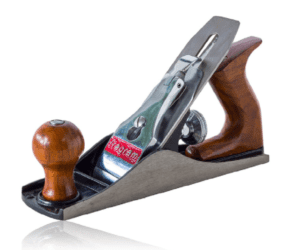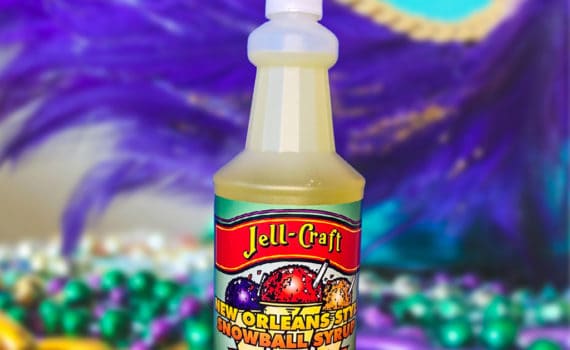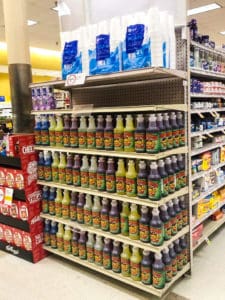Snowballs, Sno-Cones and Raspas, Oh My!
Category : All About Snow Cones , New Orleans Snowballs
These tasty delicious warm-weather treats catch everyone’s attention with their bright-colored syrups and toppings that can be added.
But what is the difference between them?
Well, we dug deep to find out the roots and origin behind these two delicious warm-weather treats!
The Name:
Snowballs and Sno-Cones have interchangeable names and spellings! In fact, here in South Texas, Sno-Cones are also known as Raspas. Some prefer to spell Snowballs as Sno-balls while others choose to spell Sno-Cones as Snow Cones. No matter the spelling the one commonality these mouthwatering treats have is that they both are refreshing to eat, drink or slurp!
Time Travel: The evolution of Snowballs and Sno-Cones
Let’s travel back to about 27 B.C. to A.D. 395 during the Roman Empire. At this time, snow was hauled from the top of the mountains to the city. The syrup was added to the top which made the world’s first frozen dessert! At the time this was called a Snowball.
In the 1850s in Baltimore, the first Snowball flavor was created by a mother, which was Egg Custard. This flavor consisted of egg, vanilla, and sugar, and it is still a favorite snowball flavor in Baltimore today!
In the 1870s, snowballs started to gain popularity on hot summer days which theaters began to sell to keep their customers cooled off. Since attending the theater was more for the upper-class, snowballs were thought of as an upper-class commodity.
 Hand tools such as a wood plane were used to recreate this delicious dessert. These tools could shave a block of ice into a fluffy snow-like consistency. Handheld ice shavers were designed specifically to produce snowballs leading to ice shavers being made by numerous manufacturers in the 1890s.
Hand tools such as a wood plane were used to recreate this delicious dessert. These tools could shave a block of ice into a fluffy snow-like consistency. Handheld ice shavers were designed specifically to produce snowballs leading to ice shavers being made by numerous manufacturers in the 1890s.
In 1919, Samuel Bert of Dallas invented a machine that crushed ice, and low and behold, Sno-cones were born! He tested his sno-cone machine at the State Fair of Texas, and sold sno-cones! He was a staple at the State Fair, selling his sno-cones and his sno-cone machines worldwide. In fact, Jell-Craft Sno-Cone Syrup is used at the State Fair of Texas every year to make their slushes!
In essence, you could say, Sno-cones were a spinoff of Snowballs.
Now back to snowballs.
In 1934 Ernest Hansen patented an electric ice-shaver which meant you no longer needed to make snowballs by hand! In fact, New Orleans, and Baltimore both are in competition as to who invited the dessert first. But legend has it that Baltimore claimed this dessert back in the late 1800s, as mentioned above….so who wins for the discovery of this dessert?
Lastly, during the Great Depression and World War II people in need of a job could sell snowballs or sno-cones since it is an inexpensive item to make, and it didn’t require much overhead.
This still holds true today!
The Difference:
The biggest difference between the snowball and sno-cone is the ice!
Snowball:
The ice is fluffy and has a snow-like consistency. The ice absorbs the syrup poured onto it.
Sno-Cone
The ice of a sno-cone is coarser and fun to crunch on. Normally sno-cone syrup will sink to the bottom of the cup. However, Jell-Craft Sno-Cone Syrup is uniquely made to stick to the top of the ice and not sink to the bottom.
Both Snowballs and Sno-Cones are deliciously satisfying and refreshing! They are great to have year-round, especially if you live in the south where winter is pretty much nonexistent!
Jell-Craft Products launched a product line of New Orleans Style Snowball Syrups, so you can now enjoy a Jell-Craft New Orleans Style Snowball or a Jell-Craft Sno-Cone! Whichever one you pick; you will not go wrong!



